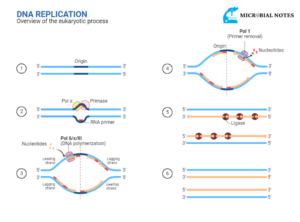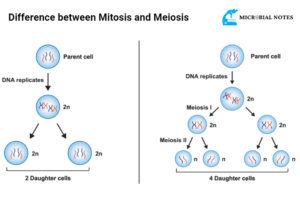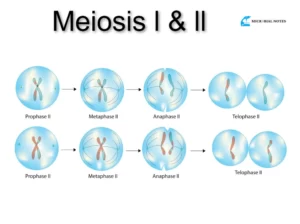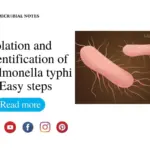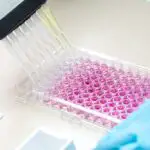What is the Golgi apparatus?
The Golgi apparatus is a sort of organelle (i.e., a cell structure that processes and packages proteins and lipid molecules and can be seen under an electron microscope), often referred to as the Golgi body or Golgi complex (i.e., fat molecules). The function of Golgi apparatus is protein modification and trafficking. These are then either secreted from the cell or transferred to other cell compartments, such as lysosomes or the plasma membrane.
also read Introduction to cell biology
Explain vesicular transport.
Rough endoplasmic reticulum exiting vesicles are carried to the cis face of the Golgi apparatus, where they fuse with the Golgi membrane and release their contents into the lumen. The molecules undergo modification while inside the lumen, and they are subsequently organized and transported to their subsequent locations.
Moving through the Golgi cisternae and towards the trans face, to an intricate network of membranes and associated vesicles known as the trans-Golgi network, are proteins that are intended for regions of the cell other than the endoplasmic reticulum or the Golgi apparatus (TGN).
Depending on the signal sequence they convey, proteins are put into one of at least three different types of vesicles in this region of the Golgi and then transported to their intended locations.
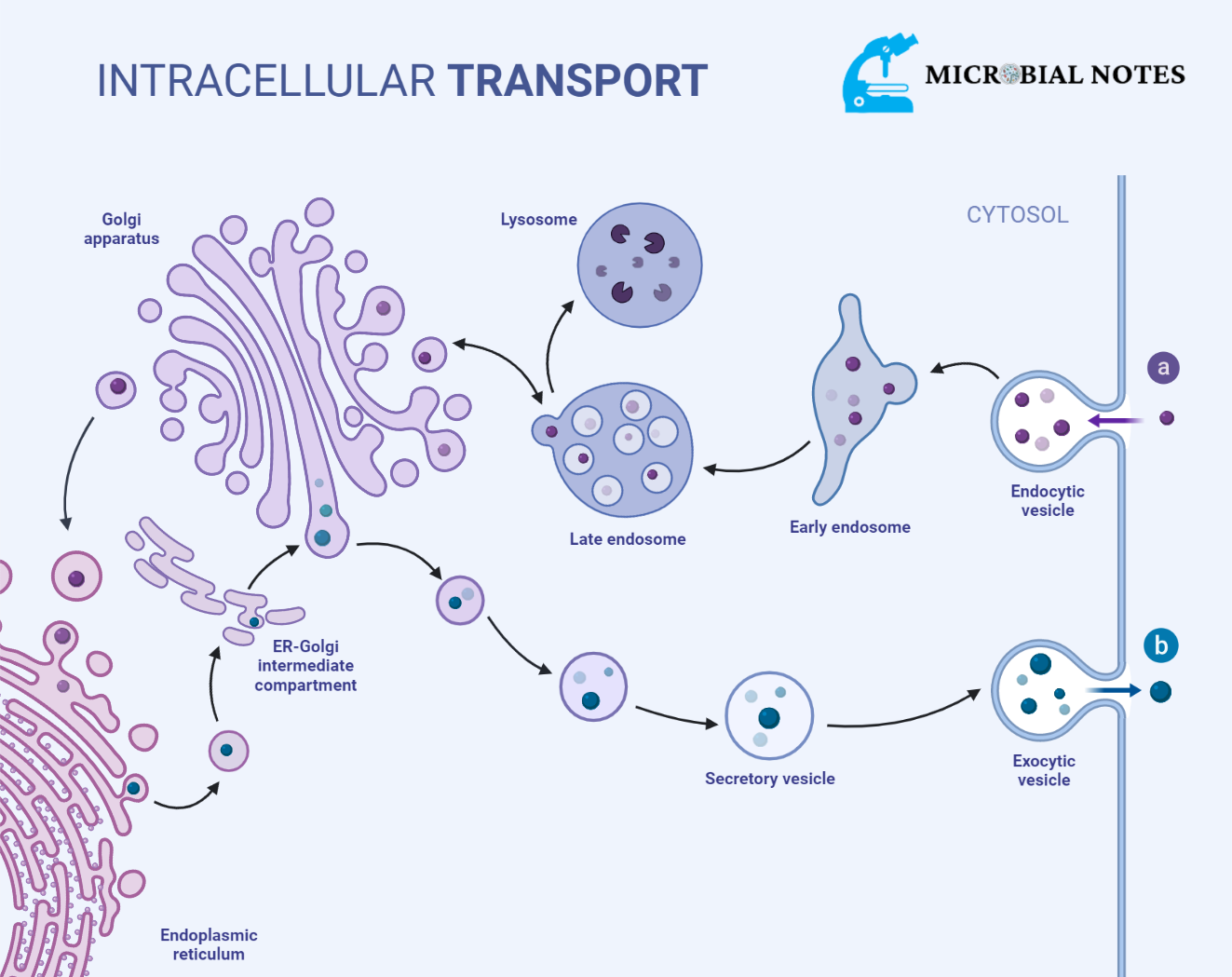
| Types | Description | Example |
| Vascular exocytosis (constitutive) | Proteins in the vesicle are intended for release outside the cells. Constitutive secretion is the process by which the vesicles discharge their contents into the extracellular space after packing. The vesicles bud off after packaging and travel right away in the direction of the plasma membrane. | Release of antibodies by activated plasma B cells |
| vesicles secretory (regulated) | Proteins intended for extracellular release are found in vesicles. The vesicles bud off after packing and are kept in the cell until a command is issued to release them. They migrate in the direction of the membrane and fuse when the proper signal is received, releasing their contents. Regulated secretion is the name given to this mechanism. | release of neurotransmitters by neurons |
| The lysosomal vesicles | Vesicles hold proteins and ribosomes that are either headed for storage organelles that resemble lysosomes or the lysosome, a degradative organelle with many acid hydrolases. Both digestive enzymes and membrane proteins are part of these proteins. The vesicle first fuses with the late endosome, and then the contents are moved via unidentified pathways to the lysosome. | lysosomal targeted digestive proteases |
Protein trafficking and modification:
Clusters of fused vesicles carry the proteins and lipids that are taken up by the cis face. The vesicular tubular cluster, a unique trafficking compartment located between the endoplasmic reticulum and the Golgi apparatus, is where these fused vesicles travel along microtubules. The contents of a vesicle cluster are released into the cis face cisterna lumen when it fuses with the cis membrane.
Proteins and lipids are transformed into functional molecules and tagged for delivery to certain intracellular or extracellular destinations as they move from the cis face to the trans face. In some modifications, the side chains of oligosaccharides are cut, and then alternative sugar moieties are attached in their place. Other changes could include the removal of monosaccharides and the insertion of phosphate groups or fatty acids (phosphorylation).
The various modifications carried out by enzymes are unique to the Golgi apparatus compartments. The function of Golgi apparatus is protein modification and trafficking. For instance, the trans cisternae are where galactose or sulfate are added, whereas the cis and medial cisternae are where mannose moieties are removed. Modified proteins and lipids are sorted in the trans-Golgi network and then packaged into vesicles at the trans face during the last stage of transit through the Golgi apparatus. The chemicals are then transported by these vesicles to the lysosomes or cell membrane, among other destinations.
Some molecules are transported in vesicles to the cell membrane for exocytosis, such as some soluble proteins and secretory proteins (release into the extracellular environment). Secretory protein exocytosis can be controlled; nevertheless, vesicle fusion and protein secretion need the binding of a ligand to a receptor. Additionally, proteases that cleave several secretory proteins at certain amino acid sites are present within the vesicles.
By eliminating a number of amino acids, inactive proinsulin can be changed into active insulin, activating the secretory protein in many cases. If the carbohydrate groups on some secretory proteins are wrongly changed or not allowed to develop, the proteins will no longer be delivered. In some circumstances, the presence of carbohydrate groups is essential to the protein’s stability, function, or capacity to be directed toward a particular site.
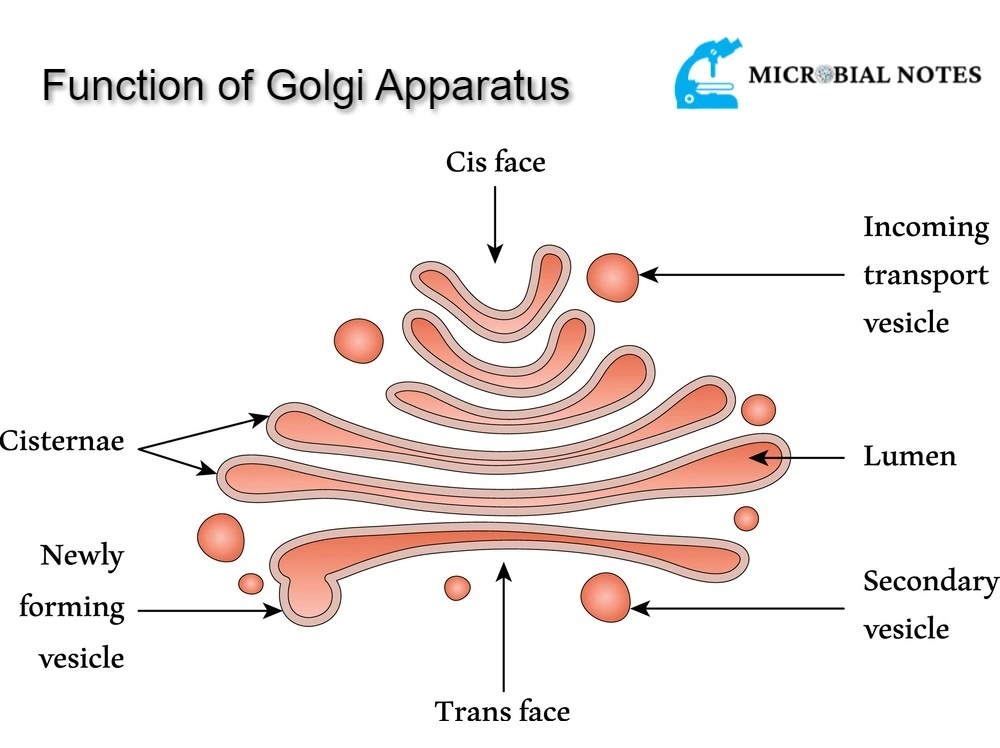
Models of protein movement:
There is disagreement over how proteins and lipids travel from the cis face to the trans face, and various models with divergent views of the Golgi bodies are currently contending to explain this migration. For instance, the vesicular transport hypothesis was inspired by early research that discovered vesicles in connection with the Golgi bodies. This concept assumes that vesicles form buds, fuse to the membranes of cisternae, and then transfer molecules from one cisterna to the next.
Vesicles can also carry molecules back to the endoplasmic reticulum. The fact that the cisternae themselves are immovable is a crucial component of this paradigm. The function of golgi apparatus is protein modification and trafficking. The golgi body is shown as a much more active organelle in the cisternal maturation model than it is in the vesicular transport model. According to the cisternal maturation hypothesis, cis cisternae advance and develop into trans cisternae, and new cis cisternae are created by the fusing of vesicles at the cis face.
Vesicles are created in this scenario, however, they are exclusively employed to carry molecules back to the endoplasmic reticulum. The fast partitioning model is one more illustration of a model to describe how proteins and lipids move through the Golgi complex, it uses the stable compartments as cisternal progenitors paradigm and views the Golgi bodies as being divided into independently functional compartments (such as processing versus exporting regions), with compartments within the Golgi apparatus being thought to be defined by Rab proteins.
What are the key details regarding the Golgi bodies?
The Golgi apparatus sometimes referred to as the Golgi body or the Golgi complex, is an organelle that processes and packages proteins and lipid (fat) molecules for eventual export to other cell compartments or secretion from the cell. Proteins and other complex polysaccharides are modified in the Golgi body’s Golgi stacks. The function of golgi apparatus is protein modification and trafficking.
The molecules are taken from the rough endoplasmic reticulum by transport vesicles, which then deliver them to the Golgi stacks’ cis face where they fuse with the membrane and undergo sorting. They subsequently travel via the Golgi cisternae where they go through remodeling and other changes. After leaving the trans face of the Golgi stacks, the altered protein or lipid molecules either leave the cell as secreted material or moved to a different cellular compartment.
References:
https://www.osmosis.org/answers/Golgi-apparatus

